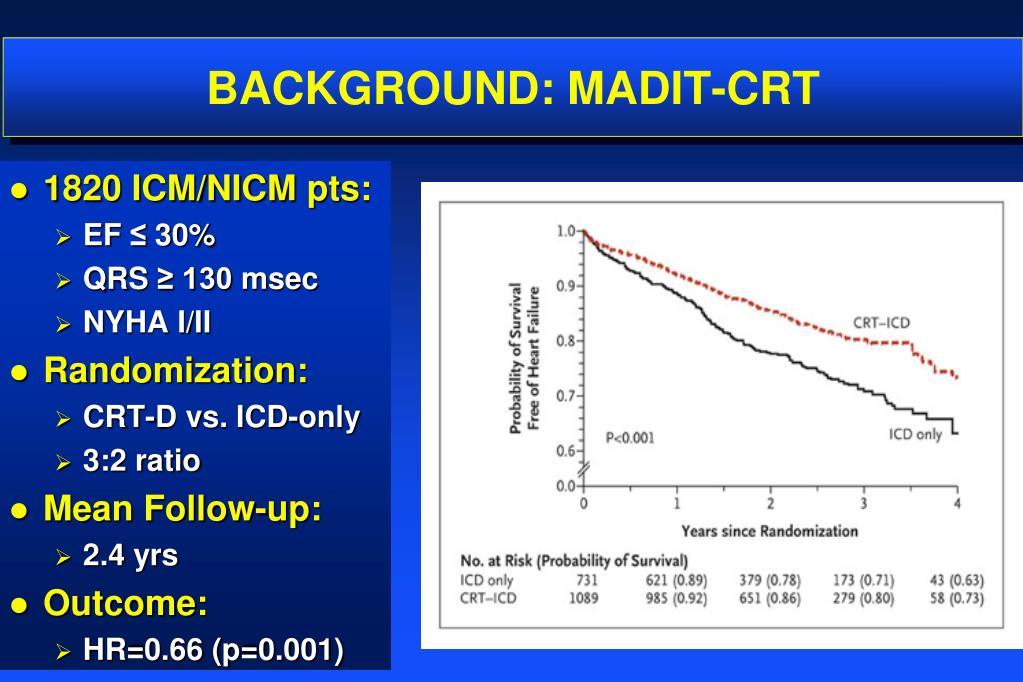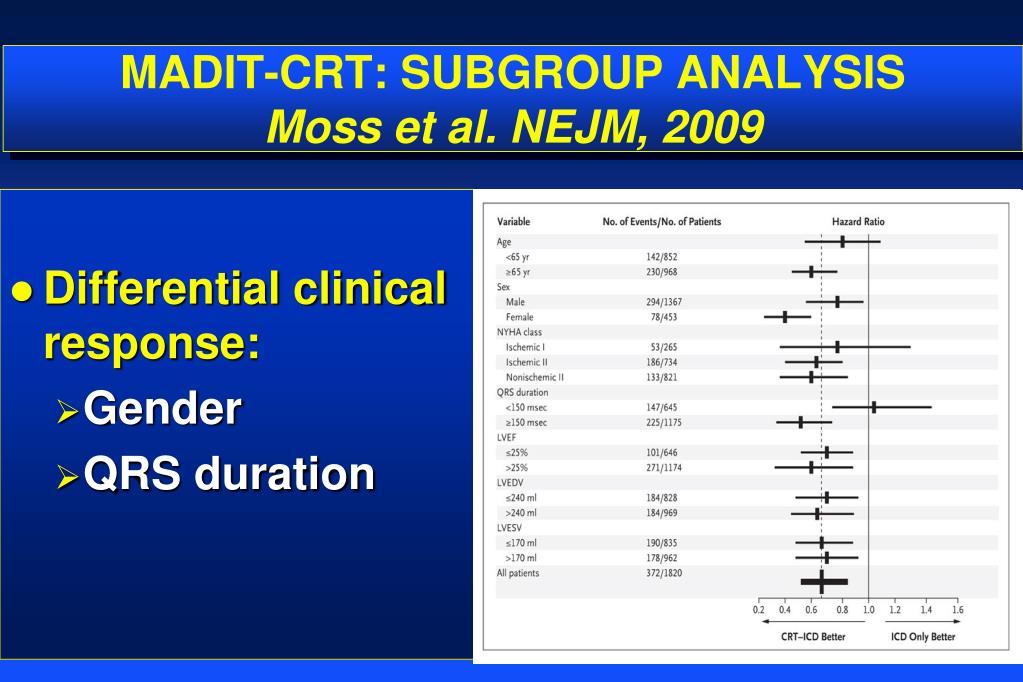
Various genetic syndromes, often with cardiovascular involvement, can also be recognized easily, such as trisomy 21, Marfan’s syndrome, and Holt-Oram syndrome.

A chronically ill-appearing emaciated patient may suggest the presence of long-standing heart failure or another systemic disorder, such as a malignancy.

IVCD MEDICAL ABBREVIATION SKIN
Is the patient in pain or resting quietly, dyspneic or diaphoretic? Does the patient choose to avoid certain body positions to reduce or eliminate pain, as might be the case with suspected acute pericarditis? Are there clues indicating that dyspnea may have a pulmonary cause, such as a barrel chest deformity with an increased anterior-posterior diameter, tachypnea, and pursed-lip breathing? Skin pallor, cyanosis, and jaundice can be appreciated readily and provide additional clues. Finally, the important role played by the physical examination in enhancing the clinician-patient relationship cannot be overestimated.Īny examination begins with an assessment of the general appearance of the patient, with notation of age, posture, demeanor, and overall health status. Accurate characterization of cardiac murmurs provides important insight into the natural history of many valvular and congenital heart lesions. The prognosis of patients with systolic heart failure can be predicted on the basis of the jugular venous pressure (JVP) and the presence or absence of a third heart sound (S 3). Observations from the physical examination in this setting can inform clinical decision making before the results of cardiac biomarkers testing are known. For example, observations regarding heart rate, blood pressure, signs of pulmonary congestion, and the presence of mitral regurgitation (MR) contribute importantly to bedside risk assessment in patients with acute coronary syndromes. The evidence base that links the findings from the history and physical examination to the presence, severity, and prognosis of cardiovascular disease has been established most rigorously for coronary artery disease, heart failure, and valvular heart disease. Educational techniques to improve bedside skills include repetition, patient-centered teaching conferences, and visual display feedback of auscultatory events with Doppler echocardiographic imaging. One widely recognized outcome of these trends is the progressive overutilization of noninvasive imaging studies to establish the presence and severity of cardiovascular disease even when the examination findings imply a low pretest probability of significant pathology. Less time is now devoted to mentored cardiovascular examinations during the training of students and residents. Despite popular perceptions, clinical performance does not improve predictably as a function of experience instead, the acquisition of new examination skills may become more difficult for a busy individual practitioner. Classic cardiac findings are recognized by only a minority of internal medicine and family practice residents. There has been a gradual decline in physical examination skills over the last two decades at every level, from student to faculty specialist, a development of great concern to both clinicians and medical educators. The scope of these activities depends on the clinical context at the time of presentation, ranging from an elective ambulatory follow-up visit to a more focused emergency department encounter. The approach to a patient with known or suspected cardiovascular disease begins with the time-honored traditions of a directed history and a targeted physical examination. MHRA 'IVCD', All Acronyms, 4 November 2022, Bluebook All Acronyms, IVCD (Nov. IVCD, All Acronyms, viewed November 4, 2022, MLA All Acronyms. Retrieved November 4, 2022, from Chicago All Acronyms. Facebook Twitter Linkedin Quote Copy APA All Acronyms.


 0 kommentar(er)
0 kommentar(er)
